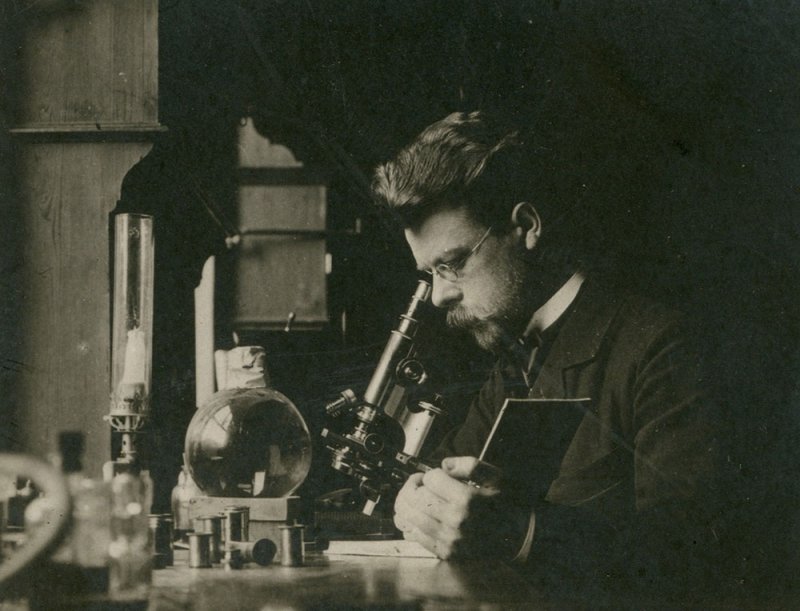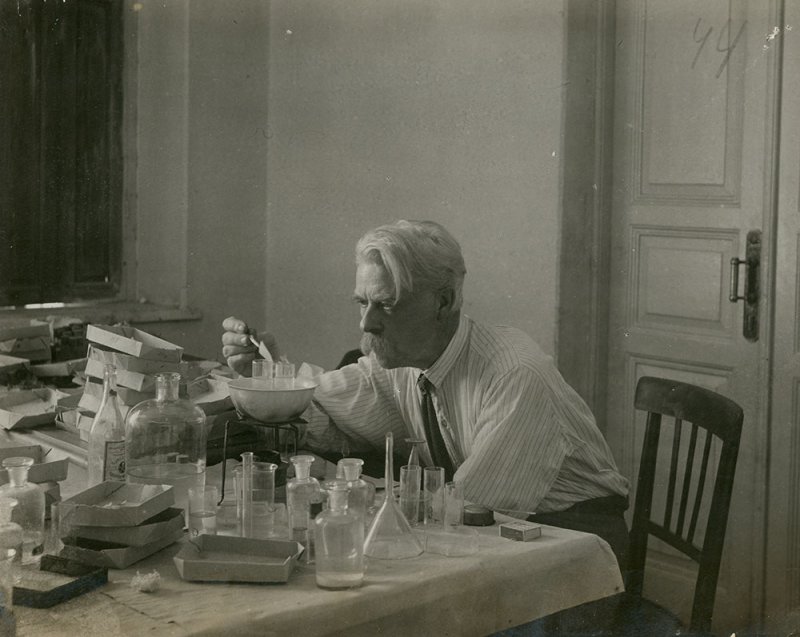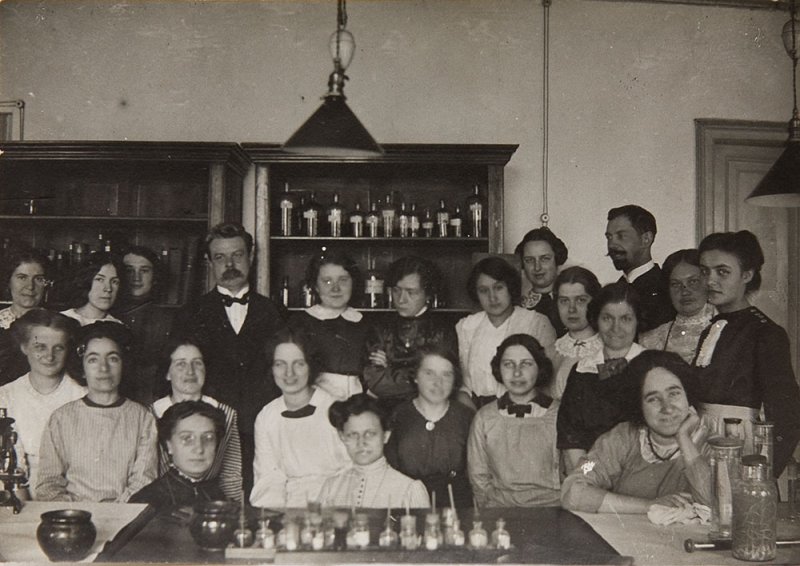17 May 2022 — 24 July 2022
Расположение:
eng-name / eng-name / eng-name
Location: Main
building / Floor 2 / Second floor hall
The State
Darwin Museum with the archives of the Russian Academy of Sciences.
One of the
founders of Russian experimental biology N.K. Koltsov has made an invaluable
contribution to the development of physicochemical biology, genetics, cytology,
development biology and evolutionary theory. Amazing scientific intuition
allowed him to predict the basic phenomena of molecular biology, such as the
possibility of changing genes under the influence of radiation and chemicals,
the existence and matrix synthesis of hereditary molecules. This brilliant
organizer of science and effective lecturer has rallied a huge number of
talented scientists around him and has laid the foundations of the Russian
school of evolutionary biology.
The
exhibits will help to follow the history of how N.K. Koltsov became a
scientist. Preparations of the individual development of frogs, skeletons of
animals, birds, reptiles and bones of the shoulder and pelvic girdle of various
vertebrates tell us that Koltsov began his path to science as a comparative
anatomist. The scientist devoted more than forty years to the study of cell
organization.
At the
exhibition you will see decapod crayfish: the study of the structure of their
spermatozoa allowed Koltsov to discover the most important element of the
cellular structure – cytoskeleton. Additionally, you will see drawings by the
hand of Nikolai that illustrated his works. In the books by Koltsov’s
authorship presented at the exhibition you can find a dedicatory inscription
from the author to the founder of the Darwin Museum A.F. Kots.
Koltsov has
made a considerable contribution to the development of genetics. He is the
author of the first work on genetics of guinea pigs; by visiting the
exhibition, you will learn which genes control the variety of colors of these
cute pets.
But Koltsov
is even more significant as a theorist of genetics. He has predicted the matrix
principle of the reproduction of heredity molecules and has initiated works on
artificial production of mutants and artificial parthenogenesis (reproduction
without fertilization). The brilliant predictions of Koltsov were practically
supported in the works of his students. The exhibition presents tetraploid
buckwheat, obtained by V.V. Sakharov, and tetraploid species of silkworm bred
by B.L. Astaurov.
Like most
prominent Soviet geneticists, in the 1920s Koltsov became interested in
eugenics - the science of improving the human race. Eugenics was closely linked
to the emerging human genetics. At the exhibition you will be able to see
materials from the Russian Eugenic Journal on the study of identical twins. You
will be convinced, having studied the genealogy of Koltsov himself, that his
talent was largely hereditary. Ebullient energy, great erudition, ability to
attract and infect young minds with his enthusiasm, rare sense of new in
science gave Koltsov the opportunity to become the founder of the Russian school
of evolutionary biology. You will learn the details of the creation of the
first biological research institute in Russia and see how students of Koltsov
have become remarkable scientists.
M.P.
Sadovnikova-Koltsova was a companion, a faithful friend and an associate of
Koltsov, at the same time being an independent bright scientist. She managed to
assemble a unique collection illustrating the behavior of animals, the best
part of which is showed at the exhibition. Visiting the exhibition, you will
find out what kind of virtuoso builders ants, wasps, beetles and bees can be.
The
exhibition will remind you that the fate of Koltsov was tragic. During the
years of binge and persecution of geneticists, the scientist was removed from
the head of the institute he created and soon died of a heart attack.
Fortunately, over time the name of Nikolai Konstantinovich was returned from
oblivion. In 1967, a student of Koltsov B L. Astaurov headed the newly created
Institute of Developmental Biology, which was the ideological successor of the
Institute of Evolutionary Biology. In 1976, the institute was named after N.K.
Koltsov.

Photo
provided by the archive of the Russian Academy of Sciences

Photo
provided by the archive of the Russian Academy of Sciences

N.K.Koltsov
with a group of the Higher Courses for Women students, among them
N.N.Ladygina-Kots









